Description and cultivation of lilac "Mulatka"
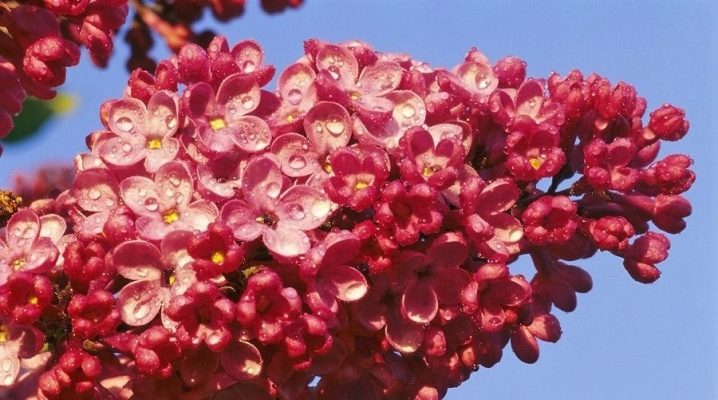
Almost every one of us has come across such a plant as lilacs. These shrubs grow both in cities and in villages. But few know that lilacs were brought to us from Persia in the 16th century and are intensively used in ornamental gardening. The most common type is ordinary.
Description
Common lilac is a tree or large shrub with a height of 3 to 6 m with dense heart-shaped leaves and lush pyramidal inflorescences that reach 20 cm.The flowers have a pronounced odor, they are double or simple with a varied range of colors: from white to purple. In direct sunlight, saturated colors may fade.
It grows mainly on fertile clay soils and does not like strong soil moisture. It is frost-resistant, which gives it the opportunity to grow even in Siberia... The first flowering of a plant occurs 4 years after planting. The flowering time of the shrub is approximately 2-3 weeks. Moreover, different varieties can bloom at different times, depending on climatic conditions. Therefore, varieties are divided into early and late.
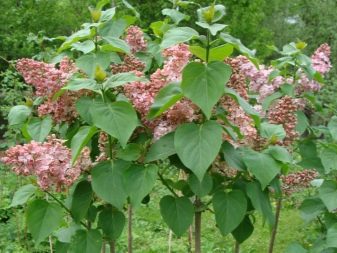
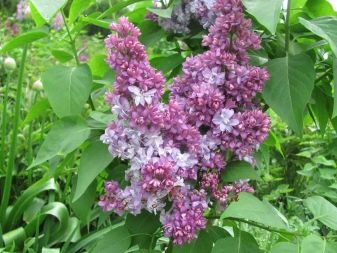
Variety "Mulatto"
One of the most unusual varieties of this plant is the Mulatka lilac. Initially, she received the name "Chocolate Girl", but since the gladiolus was already named with this name, it was renamed. This lilac got its name thanks to the brown-purple buds, which, when blooming, acquire a milky-chocolate hue.
It grows as a shrub and reaches 5 m in height. Therefore, it is often used for landscape design, alleys are planted. They are planted in soil with a good supply of nutrients, while regularly watered 2 times a week. In the future, you also need to monitor the moisture content of the soil, if necessary, mulch a 10 cm trunk circle.
It begins to bloom in early spring with large inflorescences up to 18 cm and flowers 2.5 cm in diameter with a pronounced aroma. Looks very impressive thanks to its 3-5 pyramidal panicles. Inflorescences that have faded must be cut off.
This variety is quite light-loving and frost-resistant: it can withstand up to -30 °.
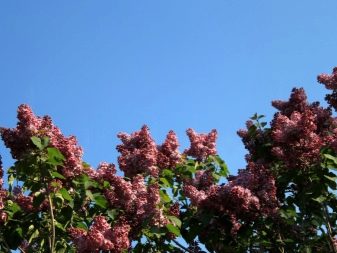
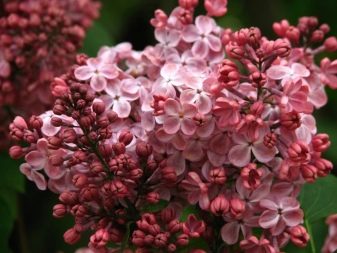
Advantages and disadvantages
Like every variety, this lilac has its own advantages and disadvantages. The biggest advantage is that this plant can absorb all the harmful emissions from cars and businesses. Therefore, it is very often planted in industrial areas.
Diseases and pests are not particularly disturbing, and special care is not needed. Undemanding: it can grow in a sunny place, it does not need a lot of moisture. But the variety also has negative characteristics.
Every year you need to cut the root growth to the root. If this is not done, then the lilac will bloom very badly. Due to the fact that the root system is slowly growing, lilacs take root very poorly.
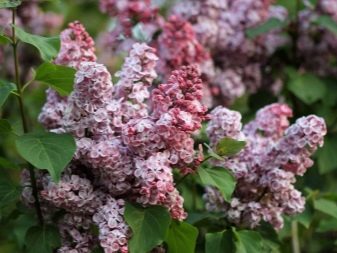
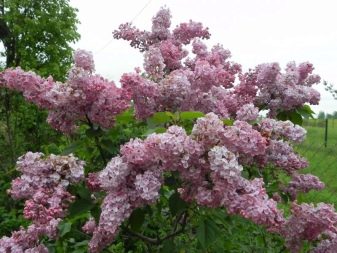
Customer Reviews
Many gardeners admire this variety: luxurious bunches, incredible smell. Many people like that this plant does not require special care and takes root in different climatic conditions.
Especially everyone is pleased with its unusual color, which, during flowering, changes from dark brown to beige, and the shape of the bush and bunches of flowers is preserved without additional grafting.
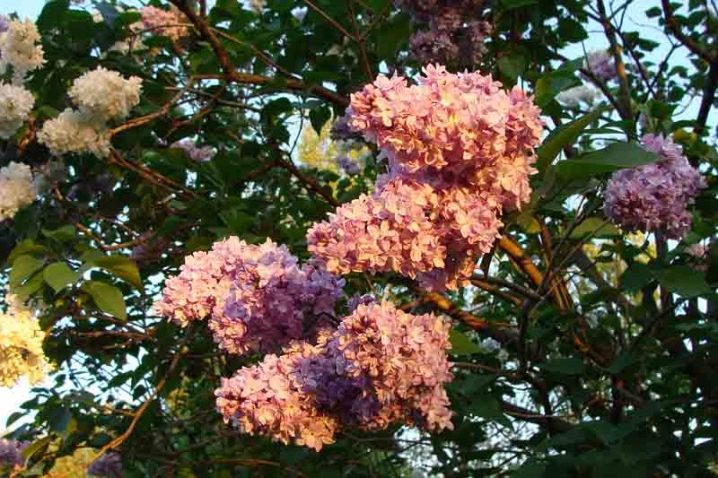
Read more about the Mulatka lilac variety in the next video.



































































The comment was sent successfully.